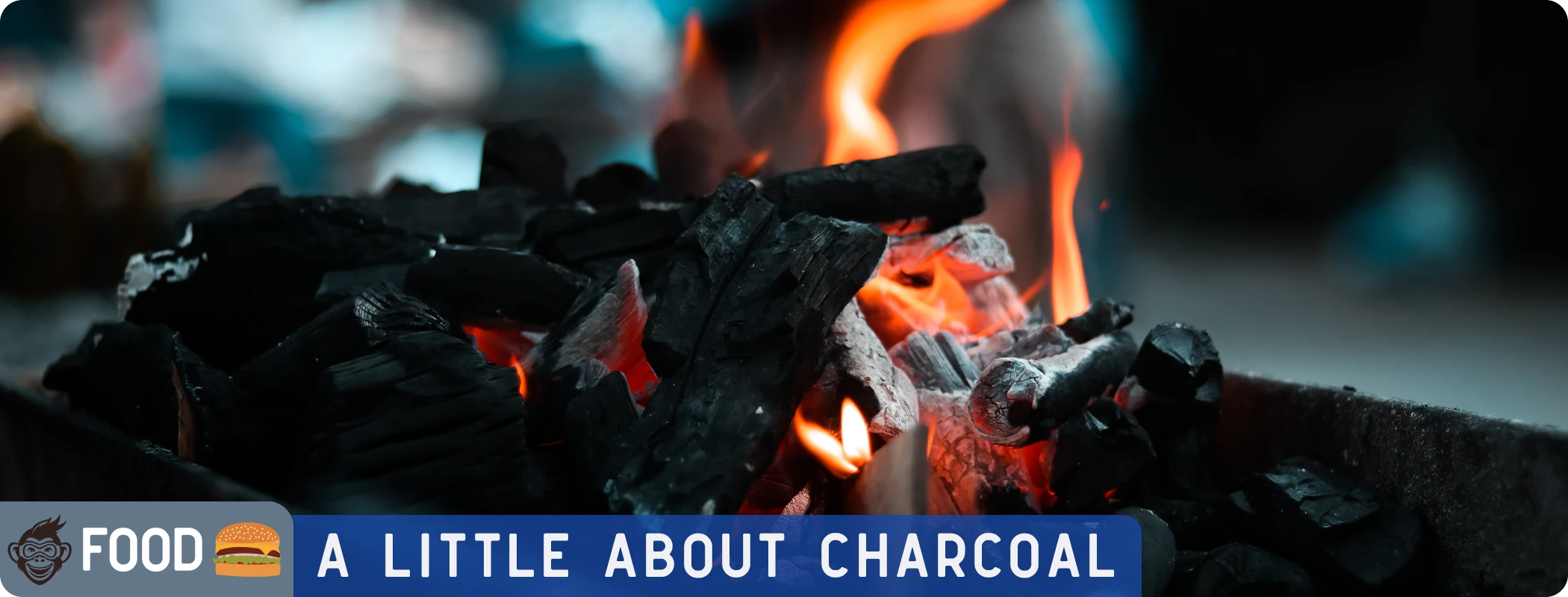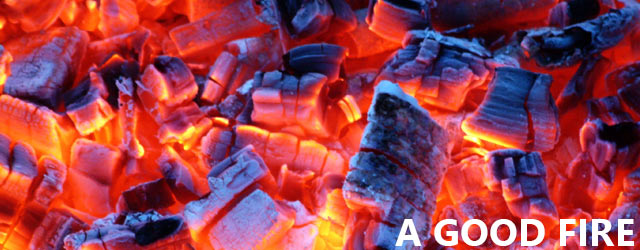
The weather is nice, spring is (finally) here, and the urge for fire-seared meat is high. Will you take advantage of grilling season? Every man should know how to grill - it's an important part of manhood. But what method should you use?
It's one of the world's oldest debates. Charcoal versus gas. Both methods have their fans and their detractors. Gas is clean and quick, yet imparts no additional flavor to the food. Charcoal can be a hassle and make a mess, but it will give food that added “just grilled” taste. I don't want to make any enemies in my inaugural Bro Council column by saying which is better, but for the purpose of this guide I want to focus on charcoal grilling.
Charcoal, At Its Core, Is Just Wood
Logs are piled together and covered, then set aflame. Since it is completely covered, it prevents the amount of oxygen that will get to the fire, and keeps the wood from burning through. Instead, all of the moisture and impurities burn and you are left with something resembling a campfire remains the next morning. These logs are then processed and packaged for home use in one of two ways, lump charcoal and briquettes.
The most commonly seen variety is the briquette form, such as Kingsford. The charred wood is combined with various other products and compacted into the familiar square shape. Different flavorings such as mesquite wood chips or bourbon can be infused and add additional flavor. Briquettes will burn longer than lump, but they take longer to start.
Lump charcoal is usually harder to find, and will cost more money. It is the charred wood broken into smaller pieces. The benefit is there are usually no additives and it will produce a higher heat than briquettes. It will also burn quickly, so if you choose lump be prepared to add more during the cooking process.

How Much Charcoal?
A good rule of thumb is you'll want enough charcoal to form one and half layers on your grill grate. This way you can spread it out and keep more in the center, allowing you to move slow cooking food towards the edges, and sear your food in the center.
How To Start Your Charcoal
Please note, you never want to start charcoal in a closed-in space. Ever. This includes screened-in porches, campers, and international space stations. Thank you.
Chimney Starters
The easiest way to start your charcoal is by using a chimney starter. This one from Weber is of good quality and reasonably priced. Add your charcoal into the top and wad up some paper and put in the bottom. Put the starter on your grill or onto a concrete surface and light the paper. The flame won't last a very long time, but the residual heat will rise into the charcoal and ignite it.
Lighter Fluid
The classic site-gag of pouring on too much lighter fluid and tossing the match is a big plume of fire and singed eye-brows. Fortunately, this isn't very likely unless you are careless. Lighter fluid is combustible (like gasoline), but as long as it is able to vent well, you won't get that fireball in the face. But please - still use caution. First, pour your charcoal onto your grill grate and form a mound in the center. Add your lighter fluid so that it covers the mound evenly. You don't need to soak each piece, but add enough so that every piece gets some fluid. Using a long match, long lighter, or rolled up paper, apply a flame to the back of the mound first, then to the sides, and finally the front. Within minutes the flame should be full and engulf every piece of charcoal.

When Can We Grill?
With either method, after about 20 minutes the charcoal should be white. If there is any black left it will give the food a bad taste, and is potentially harmful to ingest. Spread the coals out evenly using a pair of long metal tongs. Put the top grate onto your grill, close the lid, and 5 minutes later you're ready to cook a delicious meal.
Alright...what are you waiting for? Go grill!


